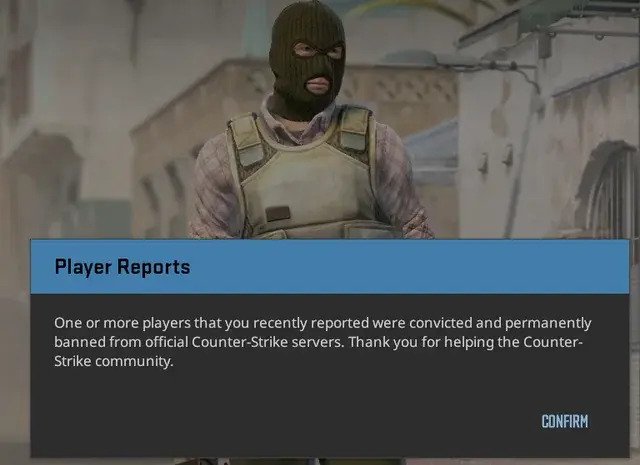Briyanka Insights
Your go-to source for the latest news and information.
Toxicity Reports in CS2: A Double-Edged Sword of Gaming
Uncover the truth behind CS2 toxicity reports—are they protecting players or fueling the fire? Dive into the debate now!
Understanding Toxicity Reports in CS2: What You Need to Know
Understanding toxicity reports in CS2 is essential for maintaining a positive gaming environment. These reports are generated when players exhibit disruptive behaviors such as harassment, cheating, or unsportsmanlike conduct. Players concerned about the fairness of competitive gaming should familiarize themselves with how these reports are initiated and processed. For instance, toxicity reports can be submitted by any player who believes another has violated the game's community guidelines. The developers constantly monitor these reports to ensure that a level playing field is upheld and that toxic behavior is addressed promptly.
When evaluating a toxicity report, CS2 employs various metrics and algorithms to assess the validity of the claims made. This includes analyzing player behavior over time, the frequency of reported incidents, and the context of each report. As a player, it's crucial to recognize the potential consequences of excessive reports which may lead to bans or restrictions on gameplay. Engaging in respectful interactions and adhering to community standards not only enhances personal gaming experiences but also contributes to the overall health of the CS2 environment. Keeping these factors in mind can help you navigate the complexities of toxicity reports while enjoying the game.

Counter-Strike, a popular tactical first-person shooter, has captivated gamers since its inception. Players engage in intense team-based matches that require strategy, skill, and communication. To fully understand the game's dynamics, one must familiarize themselves with various csgo terms that describe gameplay mechanics and strategies.
The Impact of Toxicity Reports on Game Dynamics: A Double-Edged Sword
The emergence of toxicity reports in online gaming has significantly influenced game dynamics, often serving as a double-edged sword. On one hand, these reports provide players with a mechanism to flag inappropriate behavior, thereby fostering a healthier gaming environment. This encourages players to engage in more civil interactions, promoting community standards that ultimately enhance everyone’s experience. However, on the flip side, an over-reliance on toxicity reports can lead to unintended consequences, such as false accusations and penalizing innocent players. Such issues can create a climate of fear and inhibit authentic communication, detracting from the enjoyment of the game.
Moreover, the impact of toxicity reports extends beyond individual player experiences and can shape game development as well. Developers often respond to toxicity reports by implementing stricter moderation policies, which can lead to changes in game mechanics and community features. For instance, some games may limit chat functions or introduce more stringent player behavior tracking. While these measures aim to reduce toxic behavior, they can also alienate players who feel their freedom to interact is being compromised. It is essential for game developers to strike a balance, using toxicity reports as a tool for improvement without stifling the vibrant interactions that foster community bonds.
Are Toxicity Reports Effective in CS2? Exploring the Pros and Cons
In the realm of online gaming, particularly in Counter-Strike 2 (CS2), the discussion surrounding toxicity reports has gained significant traction. These reports serve as a mechanism for players to report unsportsmanlike behavior, with the aim of maintaining a healthy gaming environment. The effectiveness of these reports, however, is under scrutiny. On one hand, players argue that such systems help in reducing toxic behavior by holding individuals accountable for their actions. A study indicated that games with reporting features often see a decline in negative interactions, fostering a more enjoyable experience for the majority. Additionally, successful enforcement of penalties can deter players from exhibiting toxic behavior in the future.
Conversely, the reliability of toxicity reports raises questions, as the system may be prone to abuse. Some players may misuse the reporting feature, leading to false accusations against innocent players, thereby creating an unjust gaming atmosphere. Furthermore, the lack of immediate and transparent consequences for reported players can result in a perception that the reporting system is ineffective. While many players support the idea of maintaining decorum, it remains crucial to assess whether the current framework in CS2 is truly serving its purpose or if it requires significant improvement to better address the challenges of player behavior.